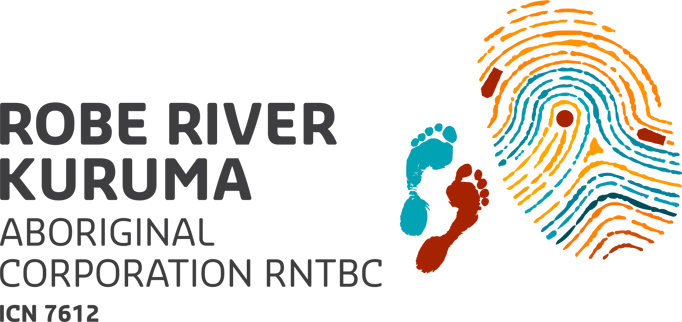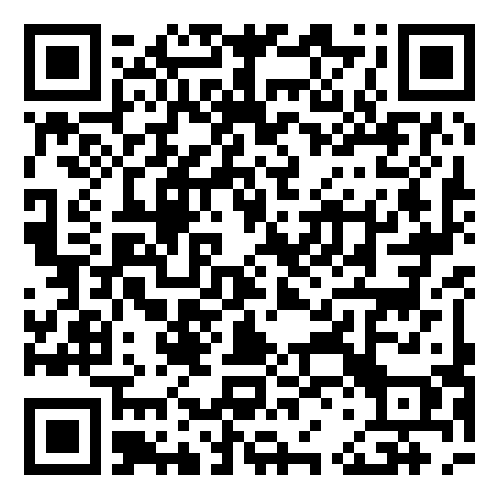Cultural Training Facilitator – Code of Conduct (Please read and sign)
This document outlines important rules and principles that should be followed by cultural training facilitators to make sure that training participants learn as much as possible and have a positive experience of RRK cultural training.
- Don’t make the participants feel blamed
Many terrible things were done to Aboriginal people during colonisation and up to the present. We need to speak about these things clearly and factually, but we shouldn’t make the training participants feel as though we blame them for these events. This will just turn them off from listening and they won’t learn a thing!
Avoid saying things like, “You people did this or that…” or “White people don’t care about Aboriginal people…”
- Don’t make general statements, keep it specific and personal
Generalisations or general statements open us up to unnecessary arguments. If you are arguing with your participants, the training is pointless. Here are some generalisations that open you up to an argument: “All towns in Australia had a law that Aboriginal people could not be in the town between 6pm and 6am” and “Australia is a racist country.”
Sharing your personal experience, or the experience of your family cannot be challenged – its your experience. Personal experience often makes the point far better than a generalisation.
- Be professional
This means programs start and stop on time. They don’t take shortcuts and the try to give participants a powerful experience of learning. Everything we do in our training starts with care for our participants, their wellbeing and their learning.
- Ask how you can improve
Great facilitation is an art that can take years to develop. Always ask your co-facilitators, the participants or your managers about how you can improve. Try to do it better every time.
- Don’t raise your voice or argue with a participant
If you have to argue or raise your voice – you have already lost. No one in the audience will think better of you. Find other, gentler ways to disagree. You might say, “Well, I am not sure about that, what do other people think?” or “That is a good point, but my experience is that….”
- Give Trauma and Trigger Warnings before hard stories.
Participants must be warned about an upcoming traumatic story and given the opportunity to remove themselves if they wish. Facilitators must have contact details for Employee Assistance Programs (EAP) or other support staff available for participants who experience strong reactions to traumatic stories.
- Follow the policies and rules at a client site
Facilitators must stick to the rules and policies at client sites. When visiting a Rio Tinto site for example, there are rules on safety, clothing and boots, bullying and where you can go and where you can’t go. Learn the rules, stick to them and don’t moan about them to workers at Rio Tinto!
- Use Empathy, honesty and humour
Program facilitation should be open, honest, funny and authentic at different times. It should encourage open and honest questions and discussion from participants. It should make them laugh, make them cry and make them think. People to open their minds when they like you, feel for you and are interested in what you have to say.
- Stick to the facts
Make sure everything you say is factual and supported by good research. For example, some people say “Aboriginal cultures are the oldest continuous living cultures on Earth.”
But are they older than African cultures? Modern science has shown that the human species came from Africa. Are they more continuous than African cultures? How do you measure if something is continuous or not?
It’s best to stick to facts that are supported by plenty of evidence.
- Stick to the learning objectives
Whenever we take up time talking about something that is not connected with the main point of a training session, we lose the chance to teach the participants something later in the program. Don’t fill up the air jumping from one story to the next or one idea to the next. Learn to make your points in the shortest most high impact way possible. Don’t ramble.
- Never disagree with a co-facilitator in front of participants
If we are delivering with a co-facilitator, we must always have each others’ back. Even if you think your co-facilitator has got something a bit wrong, don’t correct them in front of the participants as this can make them feel really shamed. Co-facilitators need to trust each other. Talk to them about the issue afterwards when there are not participants around.
The only time you might step in is when your co-facilitator is breaking the rules 1, 5 or 7 in this Code of Conduct.
I have read and understood the RRK Cultural Facilitator Code of Conduct and the rules and principles within this, that must be followed when delivering Cultural Awareness Training for RRKAC and Robe River Services with our stakeholders.

